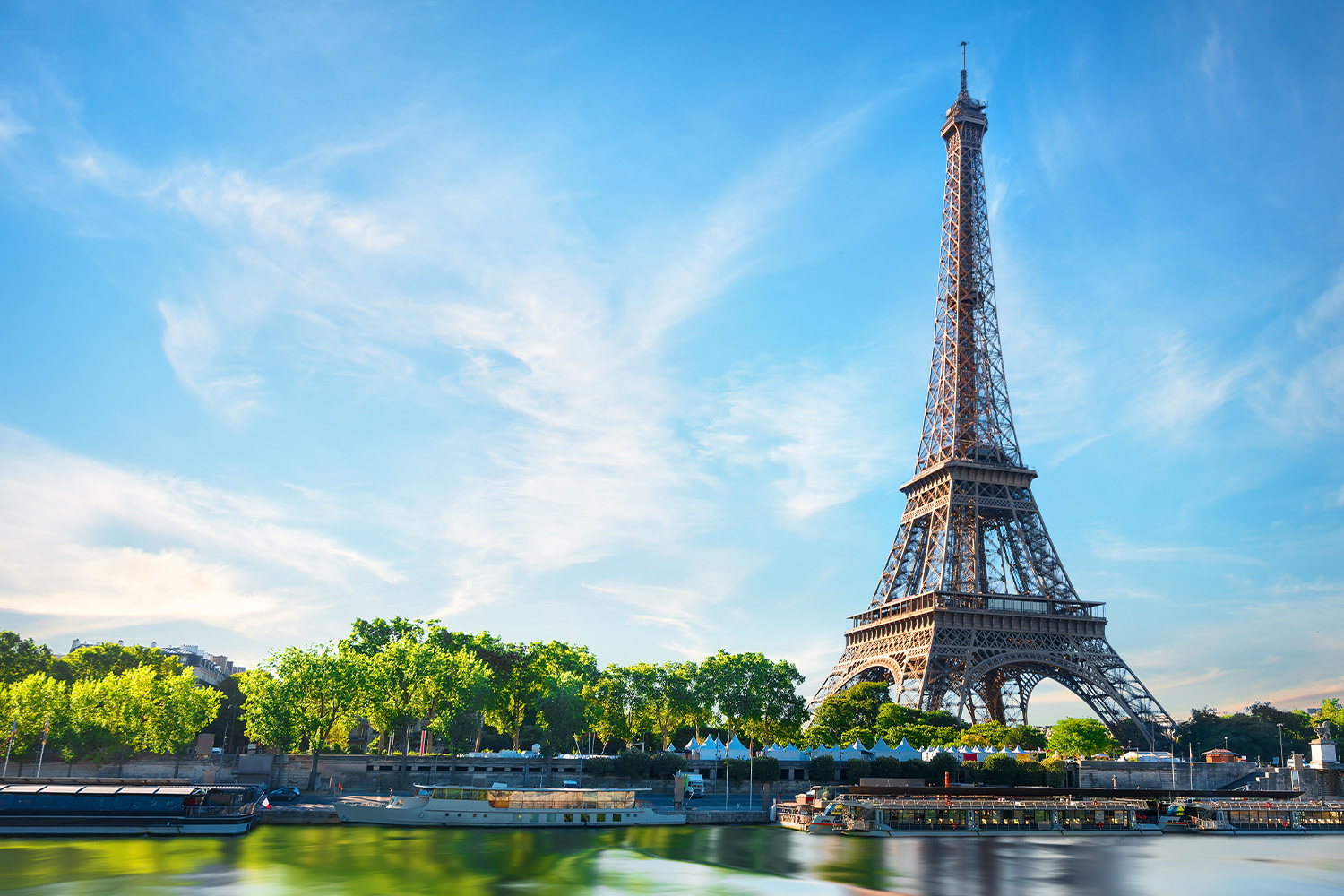Where The Vikings Really Ventured
Probably the first image that comes to mind when you think of the Vikings is of hell-raising warriors who left Scandinavian nations like Norway and Denmark to loot neighboring countries like England, Scotland, and France. You don't think of them camping in Canada, traveling to Baghdad on camelback, or dressing in silk in Istanbul. And, dare I say it, they did, along with a couple more unexpected stops. We examine what surprising locations the Vikings visited and what traces of their presence remain to this day.
Azores and Madeira, Portugal
As part of Al-Andalus (Islamic Iberia), we know that the Vikings invaded the Portuguese city Lisbon in AD844. Many people also think they made it to the Azores, a distant archipelago in the mid-Atlantic. According to a groundbreaking study, the Vikings arrived in the Azores some 700 years before Portuguese explorers from the 15th century arrived on the ostensibly desolate islands. The Vikings left their genetic stamp on the islands in the form of mice, who may have traveled there on the fabled longboats.
Researchers discovered unexpected genetic parallels between northern European and Azorean mice, characterizing them as "living relics" of Viking habitation. Remains of mice from Madeira, the southernmost Atlantic Island of Portugal (see above), likewise resembled mice from Scandinavia significantly more than those from Portugal. In a different research, animal remains found in sedimentary strata throughout the Azores were dated to between 700 and 850 AD. It is quite likely that the Vikings were blown to these islands during their quest to reach the Mediterranean, since historical sources indicate they sailed around the Iberian Peninsula about AD 789, with the prevailing winds blowing towards the Atlantic.
Paris, France

The Vikings raided the area that is now France on several occasions. While their first raid occurred in AD 820, the Siege of Paris in AD 845 was the worst and most notorious. Before Charles the Bald, King of West France, paid Ragnar Lothbrok's fleet of 120 ships—which had around 6,000 men—7,000 livres to spare Paris, the fleet besieged the city.
However, via interfaith marriage, absorption with the local Franks, and assimilation, some Vikings had effectively become French-speaking Christians by the year 900 AD. Even when Normandy was absorbed into France and no longer a Viking colony, the area retained many of the vicious characteristics of the Vikings, since they would frequently invade and conquer other countries. This image shows the stunning Norman city of Rouen.
‘Rome’, Italy
The Icelandic historian Snorri Sturluson's History of the Kings of Norway claims that although the Vikings never completely conquered Italy, they did pillage the town of Luni (shown), mistaking it for Rome. Bjorn Ironside and another chief, Hastein, marched their fleet to northern Italy in AD 860, where they deceived the people of Luni into believing that they wanted to bury their Christian chieftain (Hastein posing as dead) inside the city's hallowed walls. The Vikings started killing and pillaging as soon as they entered the city, but they soon realized they weren't in Rome after all, and they left.
After that, Ironside's group of Vikings are said to have stormed Pisa and traveled north of Florence to Fiesole (shown), however there are currently no Viking ruins in northern Italy. But in AD 1130, the Normans—who ruled over the island of Sicily as well as portions of southern Italy—established the Kingdom of Sicily, replacing the Vikings. Visit locations such as Palermo to witness the spectacular examples of Norman architecture.
Read Also: The Fascinating Story Of Venice
Istanbul, Turkey

Constantinople, or modern-day Istanbul, was the capital of the powerful Byzantine Empire and a key hub for trade between Europe and Asia. The Vikings, naturally, wanted a piece of the action and launched two attacks on the city, in AD 860 and AD 941, but they were never able to breach the well-constructed city walls. Nevertheless, the Byzantines were impressed by their actions, and in AD 987, some 6,000 Vikings were enlisted and given the name Varangians (maybe derived from the Old Norse word for "vow of fidelity") to protect Constantinople for Basil II in lieu of his unreliable Greek bodyguards.
In addition to guarding the city, the Varangian Guard also provided personal bodyguards for succeeding emperors. Up until the western Crusaders ransacked the city in AD 1204, they participated in all of the major Byzantine campaigns. According to some accounts, a small number of them continued to identify as Varangians until the empire's eventual fall in 1453. Two runic inscriptions (see above) are still visible on the marble parapet of Istanbul's most magnificent structure, the Hagia Sophia. Many think that etchings on them were done by Varangian Guard spies.

